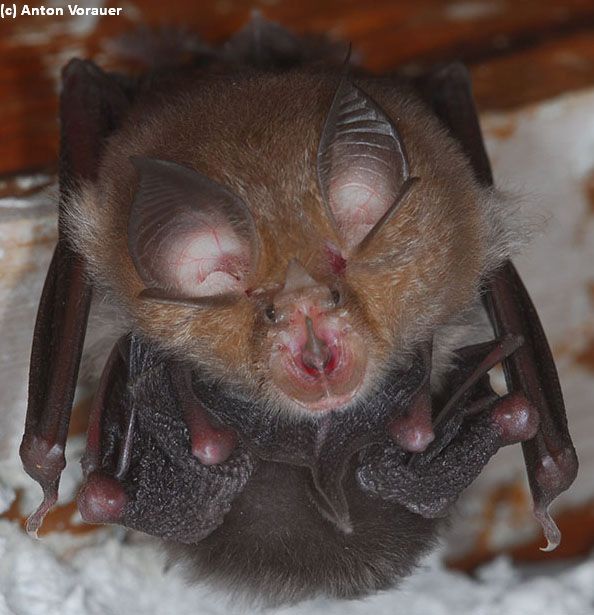

protectBats: identifying local-extinction agents of the lesser horseshoe bat in the Bavarian-Tyrolean Alpine space
For recommendations how to protect the Lesser Horseshoe Bat and bats generally, go to bottom of page.
The project (TIR 19) is financially supported by the EU programme INTERREG V-A Austria/Bavaria 2014-2020 // Das Projekt (TIR 19) “protectBats: Abklärung lokaler Aussterbeursachen der Kleinen Hufeisennase im Bayerisch-Tiroler Alpenraum” wird durch das EU-Programm INTERREG V-A Österreich/Bayern 2014-2020 finanziell unterstützt

At the size of a thumb, the lesser horseshoe bat (Rhinolophus hipposideros) is among the smallest European bats. It is included in Appendices II and IV of the EU’s Flora Fauna Habitat Directive and thus strictly protected. In the second half of the 20th century, the lesser horseshoe bat experienced catastrophic extinctions. In the Bavarian-Tyrolean Alpine space, for example, about half of the 100 known occurrences vanished. Possible extinction agents include environmental chemicals.
The project protectBats sets out to i) document the current nursery roosts of the lesser horseshoe bat in the Bavarian-Tyrolean Alpine space, ii) test heavy metals and organochlor-pesticides as extinction agents by comparing historical and current nursery roosts, and iii) make recommendations for all stake holders how to avoid future extinctions.
Lead institution: University of Innsbruck
Partner institutions: Bayerisches Landesamt für Umwelt; Landratsamt Garmisch-Partenkirchen, Untere Naturschutzbehörde
Strategic partners: Koordinationsstelle für den Fledermausschutz in Südbayern; Koordinationsstelle für Fledermausschutz- und forschung in Österreich
Recommendations for protecting the Lesser Horseshoe Bat and bats generally (in German):


